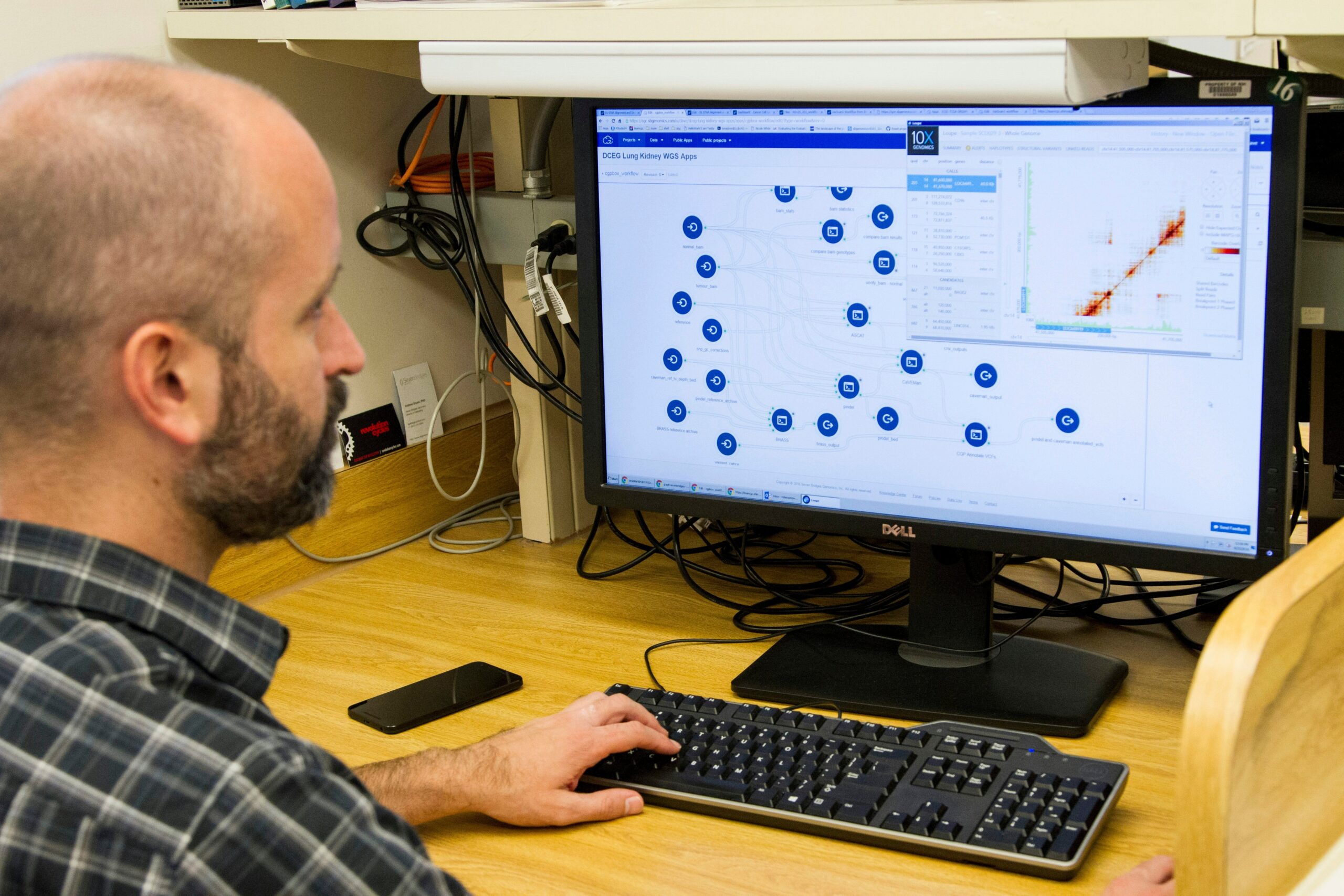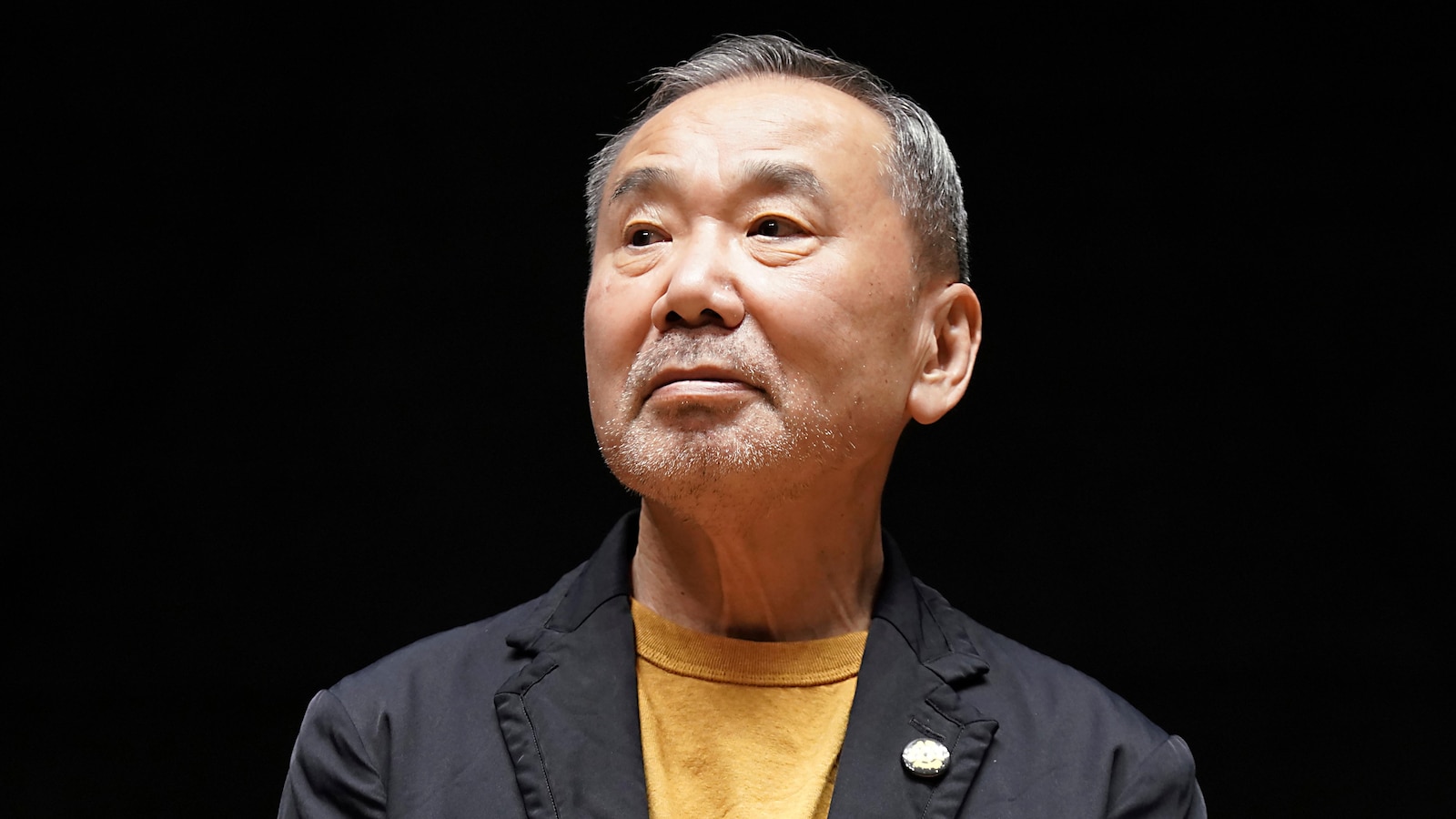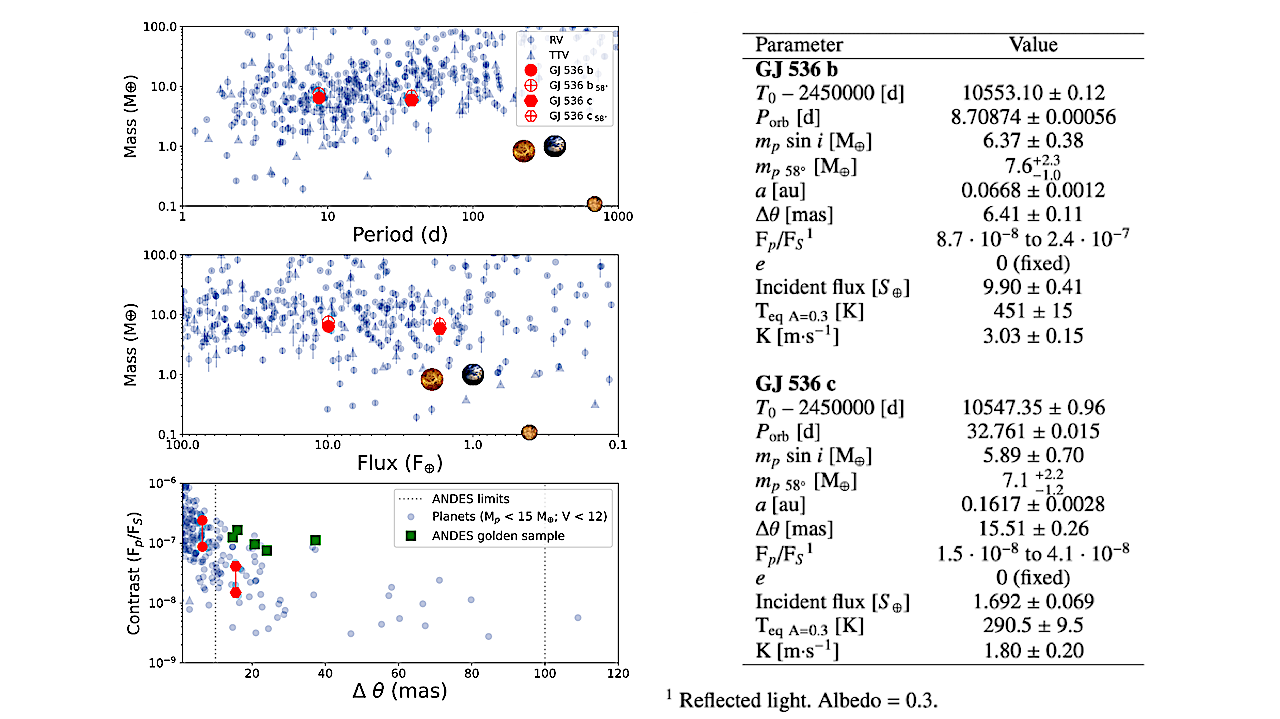The ICC is reportedly considering action against Pakistan for multiple violations of PMOA rules during the Asia Cup 2025, including filming a restricted meeting with match referee Andy Pycroft.
Dubai: The ICC is mulling action against Pakistan for “violation of multiple tournament rules” prior to their Asia Cup match against the UAE that was delayed by the team to protest the world body’s rejection of its demand to remove match referee Andy Pycroft.
The ICC has shot off an e-mail to the Pakistan Cricket Board (PCB) citing “misconduct” and “multiple violations” of the Players and Match Officials Area (PMOA) protocol before the game held on Wednesday.
“The ICC CEO Sanjog Gupta has written to the PCB stating that the board has been guilty of repeated PMOA violations on match day. PCB is in receipt of the e-mail,” a tournament source told PTI.
It is learnt that despite several warnings, Pakistan breached the rules by allowing media manager Naeem Gillani to film a meeting between Pycroft, its head coach Mike Hesson and captain Salman Ali Agha before the toss.
The ICC had made it clear that media managers were barred from such meetings.
The team had initially refused to leave its hotel after holding Pycroft responsible for the ’no handshake’ fiasco in the game against India, causing Wednesday’s match to be delayed by an hour.
The PCB alleged that Pycroft, at the time of toss on Sunday, prohibited Salman from shaking hands with his Indian counterpart Suryakumar Yadav, who made it clear that the pleasantries were avoided as a gesture of solidarity with the victims of the Pahalgam terror attack.
ICC agreed with PCB that in order to help resolve the matter related to the India game, Pycroft would meet the team captain and manager before the toss of yesterday’s match.
“The purpose was to eradicate any regrettable misunderstanding or miscommunication which may have arisen at the time of the toss (of the India match),” the tournament source said.
“PCB brought to the meeting their media manager and insisted that he be present during the conversation,” he added.
Naeem was refused entry by the ICC Anti-Corruption Manager because “he wanted to take his mobile phone into the PMOA”.
The source stated that at that point, the PCB threatened to “withdraw” from the match if the media manager was not allowed to attend and then insisted on filming (without audio) the conversation, which was a “further violation of the PMOA regulations.”
“The ICC, in order to preserve the interest of the sport, the tournament and the stakeholders involved accepted PCB’s asks although this demonstrated a complete disregard for the sanctity of the PMOA, where the meeting took place,” the source said.
The ICC was also not made aware of how PCB planned to use the filmed footage. The short clip has been circulating on social media with various speculations on what might have been discussed during the meet.
The world body has also taken exception to a PCB media release that claimed Pycroft had “apologised”, when in fact he had merely expressed regret over a miscommunication.
PCB media manager Naeem was denied entry into a subsequent meeting inside the PMOA, where filming is strictly prohibited.







